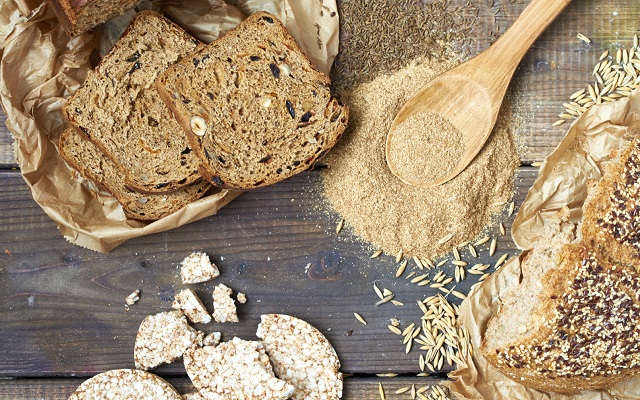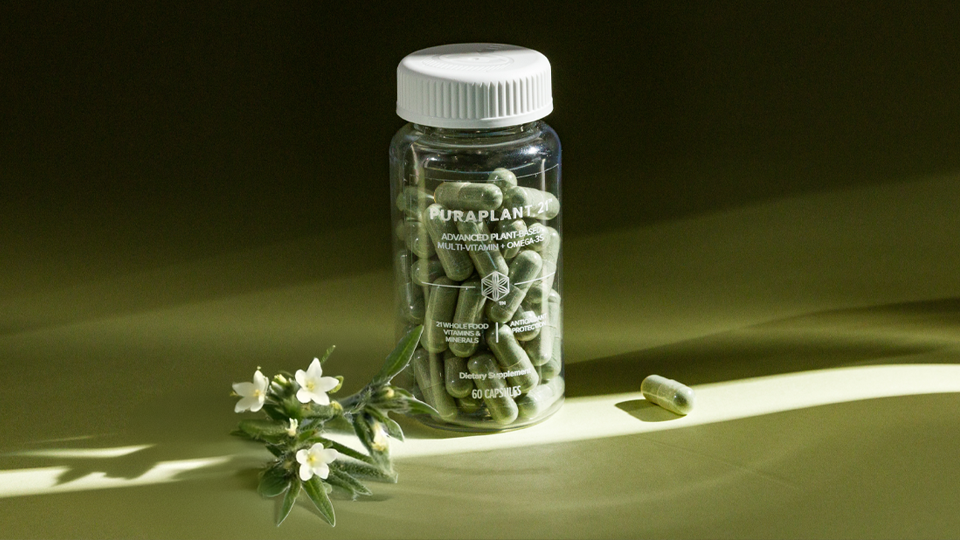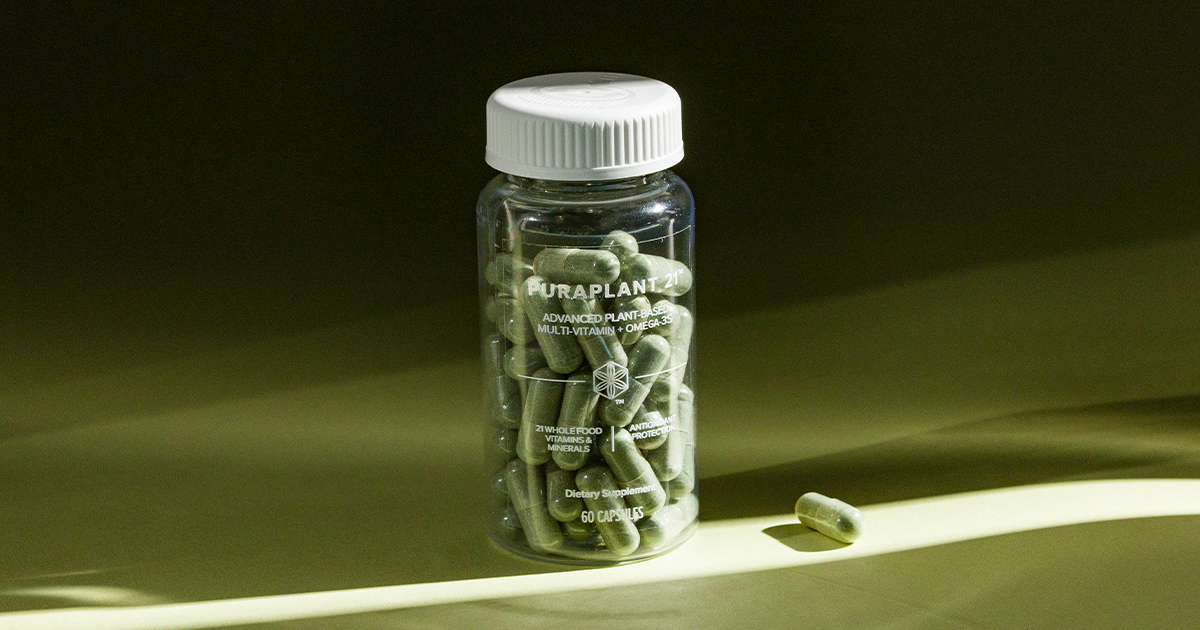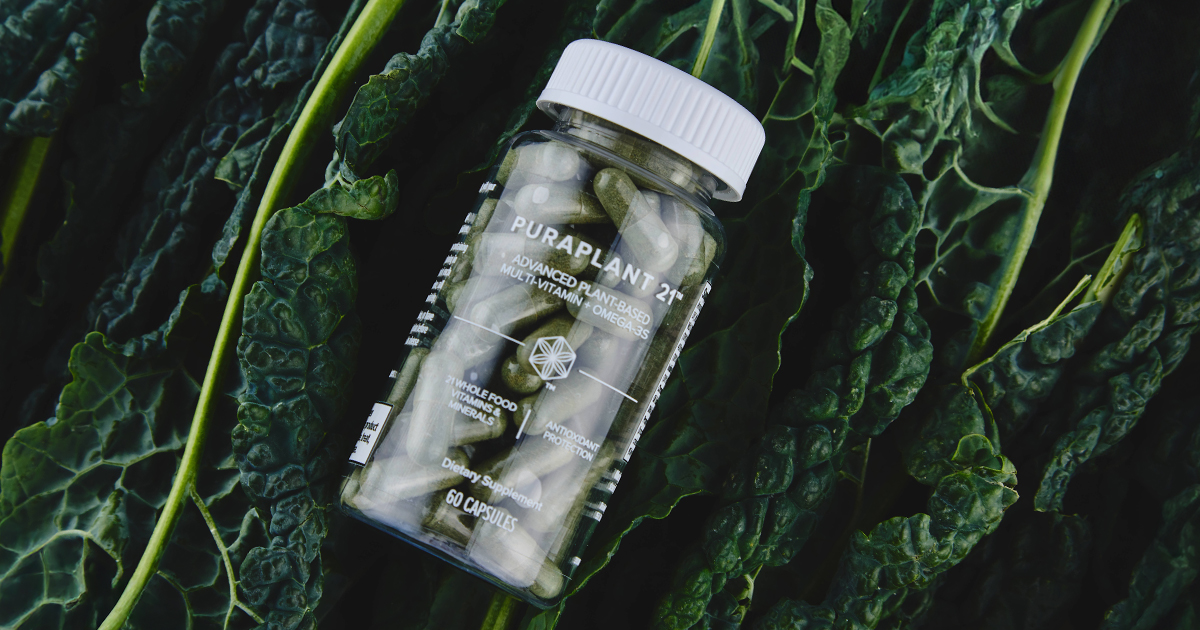Did you know that even though celiac disease affects only one in 133 people in North America, 83 percent of those people go undiagnosed?
For those who might be affected, celiac awareness can be the first step to feeling better as it can take an average length of four years for a person exhibiting symptoms to be diagnosed. The only known treatment for celiac symptoms is a strict diet free of gluten, which is the protein found in wheat, rye, and barley.
Symptoms of celiac disease often go unnoticed because they are commonly regarded as symptoms of a completely different illness. For example, a common symptom that affects 89 percent of people with celiac disease is difficulty concentrating, or “brain fog,” and forgetfulness.
The most effective method of screening for celiac is with a blood test. Though some may find these tests invasive, they are critically important. If left undiagnosed and untreated, celiac disease could lead to serious damage to the small intestine, leading to problems with digestion and the inability to absorb nutrients from food. Continual symptoms may also lead to the development of neurological problems, osteoporosis, and other chronic diseases. Since the introduction of the blood test, diagnosis rates have increased substantially through early detection.
An Old Disease
While it’s true that the diagnosis of celiac disease has been on the rise, along with its only known treatment of a gluten-free diet, it is no modern-day ailment.
Scientists suggest that celiac disease may have first occurred as early as 10,000 years ago during the agricultural revolution and the introduction of grains, dairy, and eggs to the diet.
An early physician by the name of Aretaeus first described celiac disease in his patients over 8,000 years ago. He named the disease “koiliakos” derived from the Greek word for “abdomen.” In 1856, a Scottish doctor named Francis Adams translated these observations from Greek to English, giving the disease a modern-day moniker: celiac.
While the disease had an official name, people with celiac still had no idea how to heal or treat the condition and were unaware of the cause.
In 1888, English doctor Samuel Gee presented clinical accounts of children and adults with celiac disease in the United Kingdom, finally bringing this disease to the attention of the medical community. In this presentation, he made the first link between celiac and diet, famously concluding that “if the patient can be cured at all, it must be by means of diet.”
It was not until 1952 that Dutch pediatrician William Karel Dicke made the connection between the ingestion of grain proteins and the immune response—celiac disease (2, 3).
The Gift of ‘Gluten-Free’
Fast forward to 2004 when the U.S. passed the Food Allergen Labeling and Consumer Protection Act and it became law to list foods containing gluten on all food labels. After the law passed, sales of gluten-free foods increased substantially.
In fact, Mintel now reports that the gluten-free market grew over 60 percent in only the last two years. In 2014, Mintel reported that the number of households regularly purchasing gluten-free products hit 11 percent, a big jump from the 5 percent reported in 2010.
“Gluten-free” products have now become all the rage, even among consumers who don’t have celiac disease. Up to 1.4 million people in the U.S. who don’t have symptoms of celiac disease now follow a gluten-free diet, according to some estimates (1).
It is easy to see how a gluten-free lifestyle could be the trick to managing weight. Excluding all those breads, pastas, cakes, and crackers from a person’s diet can be a simple way to cut back on oversized portions and excessive calories.
In addition, people without celiac disease or gluten sensitivity who report that they feel better when avoiding gluten may actually be experiencing a positive impact because they are avoiding another dietary trigger, such as hard-to-digest sugars that include fermentable oligo-di-monosaccharides and polyols (FODMAPS). Alternatively, people who stop filling their plate with jumbo portions of grain-based foods like bread or pasta may feel better because they have room to add more fruits and vegetables, instead. Whatever the reason, it’s not uncommon for people to feel better after eliminating gluten from their diets.
But is completely cutting out all grains really the best option? For some, it’s a medical necessity. The only treatment for celiac disease is a lifelong, strictly gluten-free diet. For others who are simply looking to improve the way they eat, there may be other choices that can have a big impact on overall nutrition without the challenges of dietary restriction. A lot depends on how much gluten is in your overall diet. Consider that when enjoyed as 100 percent whole grain, wheat is rich in fiber and provides a number of important vitamins and minerals. On the other hand, when wheat appears as highly refined pastry flour in a glazed doughnut or cupcake, it provides little more than empty calories.
While celiac disease affects a relatively small proportion of people, most individuals with celiac disease remain undiagnosed, despite recent advances in testing. One reason for the low rate of diagnosis may be that the symptoms of celiac disease can be easy to mistake for other diseases. Untreated celiac disease poses serious long-term health risks. It’s worthwhile to discuss any concerns you have with your doctor to find out if screening for celiac disease is appropriate for you. Because the demand for gluten-free foods has been growing steadily over the past several years, more options and better quality products are available for people following a gluten-free diet.
References
- Rubio-Tapia A, Ludvigsson JF, Brantner TL, Murray JA, Everhart JE. The prevalence of celiac disease in the United States. American Journal of Gastroenterology. 2012;107(10):1538–1544.
- Losowsky MS. A history of coeliac disease. Dig Dis. 2008;26(2):112-20. doi: 10.1159/000116768. Epub 2008 Apr 21.
- Dowd B, Walker-Smith J. Samuel Gee, Aretaeus, and the coeliac affection. Br Med J. 1974 Apr 6; 2(5909): 45–47. PMCID: PMC1610148.





